Three options for Petroleum Price Stabilization Fund
| Balance of Petroleum Price Stabilization Fund remains about VND310.8 billion by the end of QII |
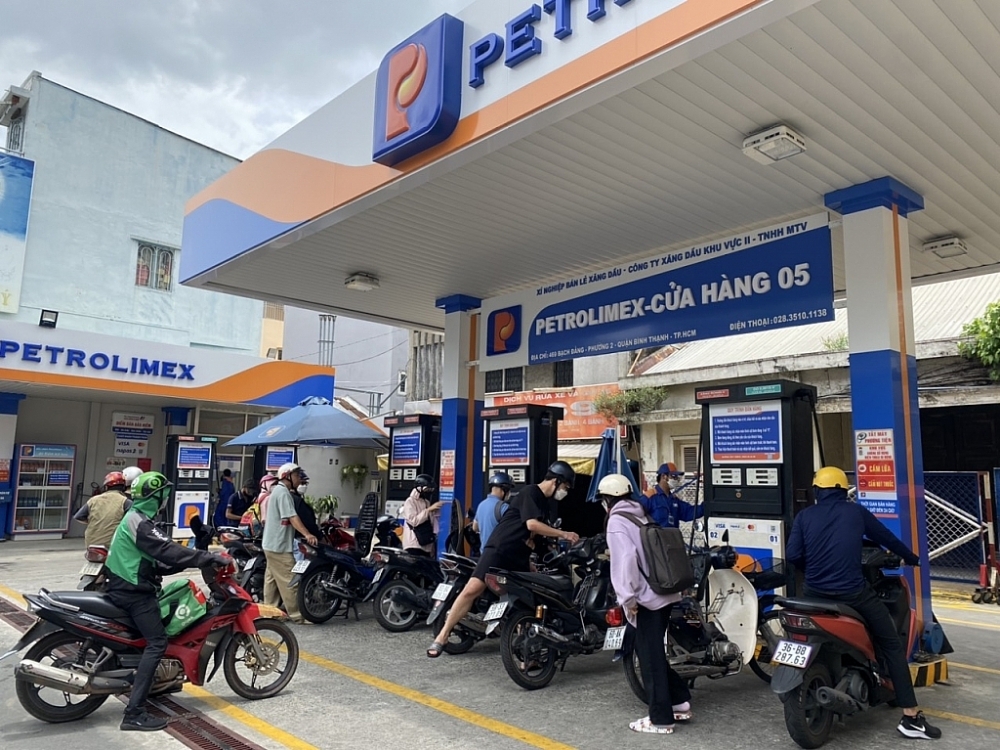 |
| Petroleum. Photo: T.D |
Maintaining the Stabilization Fund
The draft Decree amending Decree 95/2021/ND-CP and Decree 83/2013/ND-CP on petrol and oil trading has been developed by the Ministry of Industry and Trade and sent for comments from ministries and sectors.
Regarding the management and use of the Petroleum Stabilization Fund, the Ministry of Industry and Trade said that the Petroleum Price Stabilization Fund is a financial fund that is not in the state budget balance. Instead, every source of provision and usage of this Fund is to participate in regulation and support for stabilizing domestic gasoline prices. The Petroleum Price Stabilization Fund operates not for profit, does not create a centralized management mechanism, creates an organizational structure, or has its own financial mechanism.
In response to the abandonment of this Fund due to its inefficiency, the Ministry of Industry and Trade analyzed the Draft because the Petroleum Price Stabilization Fund is the only flexible tool for the State to control the increase and decrease in gasoline prices in each price management period. Therefore, leaving the Price Stabilization Fund will mean quitting the petrol price management.
Over the past time, the Stabilization Petroleum Fund has been consistently used by the Inter-Ministry of Industry, Trade and Finance to stabilize gasoline prices following the law. The Petroleum Price Stabilization Fund has promoted a positive and practical effect in creating a "stepping stone" in price stabilization (stabilizing or reducing the increase) in case of necessity. It enables actively stabilizing petrol prices in a period or preventing domestic gasoline prices from rising too sharply, contributing to curbing inflation, stabilizing the macro-economy, maintaining growth and stabilizing social welfare security.
As a result, the Ministry of Industry and Trade has proposed 3 options for the Petroleum Price Stabilization Fund:
Option 1: Maintain the current regulations on the management of the Price Stabilization Fund;
Option 2: Continue to keep the tool of the Petrol Price Stabilization Fund to control the price of petrol, but there are modifications in the direction of stipulating the principle of using the specific Price Stabilization Fund tool.
Accordingly, the competent state agency only intervenes to control the price by adjusting the setting up and spending of the Price Stabilization Fund when there is a difference in this announced price compared to the previous announcement period of 10% or more or a reduction of 7% or more. This plan is to both ensure that the State can operate when necessary but gradually reduce the State's intervention in petrol and oil prices;
Option 3: Omit the petrol price stabilization fund.
Given this context, the Ministry of Industry and Trade chooses option 2, which keeps regulations on the price stabilization fund. Although, however, there are specific regulations on usages (extraction and spending), at the same time, the price formula has been changed in the direction that the State only publishes the directional price, including elements of world prices, taxes, normative profits, and other incurred costs are self-determined by enterprises and accountable to the auditing agencies.
The choice of option 2 is to ensure that gasoline prices gradually follow the market, fully reflect the costs incurred by businesses, harmonize interests between entities, and help maintain a stable supply for the market.
Shorten the time to announce petrol prices
In addition to the above content, in the Draft, the Ministry of Industry and Trade also commented on the adjustment of the operating time/price announcement.
Previously, according to the provisions of Decree No. 95/2021/ND-CP, the time for petrol and oil price management between two operating periods was revised down from 15 days (according to Decree No. 83/2014/ND-CP) to 10 days (specifically operating on the 1st, 11th and 21st of every month).
The 10 days is considered suitable for calculating business selling and importing prices following the price collection cycle to calculate the consumer price index (CPI) of the Statistics General Department. This adjustment also is to keep a relatively stable level to implement the business plan of the enterprise as well as the target of stabilizing the market.
However, based on the opinions of some units and the direction of the Government's leaders, in the Draft, the Ministry of Industry and Trade proposes two options for regulating petrol prices as follows:
Option 1: Maintain current regulations on operating time/publication of petrol and oil prices;
Option 2: Modifying in the direction of shortening the time for operating/announcing petrol prices to 7 days, specified on a specific day of the week
Stated its point of view, the Ministry of Industry and Trade chose option 2; the gap between the two administration/price announcement periods was reduced from 10 days to 7 days and regulated on Thursdays every week, excluding public holidays.
The reason is to ensure domestic gasoline prices are more closely aligned with the movements of gasoline prices in the world market. In addition, the operation will be carried out even on public holidays to avoid significant price fluctuations, affecting consumers' interests or petrol and oil businesses.
Related News

Reconfigure the global cashew supply chain to prevent disruptions
00:00 | 02/03/2024 Import-Export
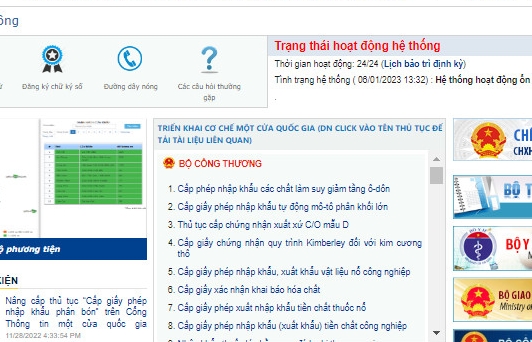
Ministry of Industry and Trade: more than 300,000 applications processed via NSW
15:39 | 22/12/2023 Customs

Opportunities to increase orders from the European market
10:34 | 27/09/2023 Import-Export
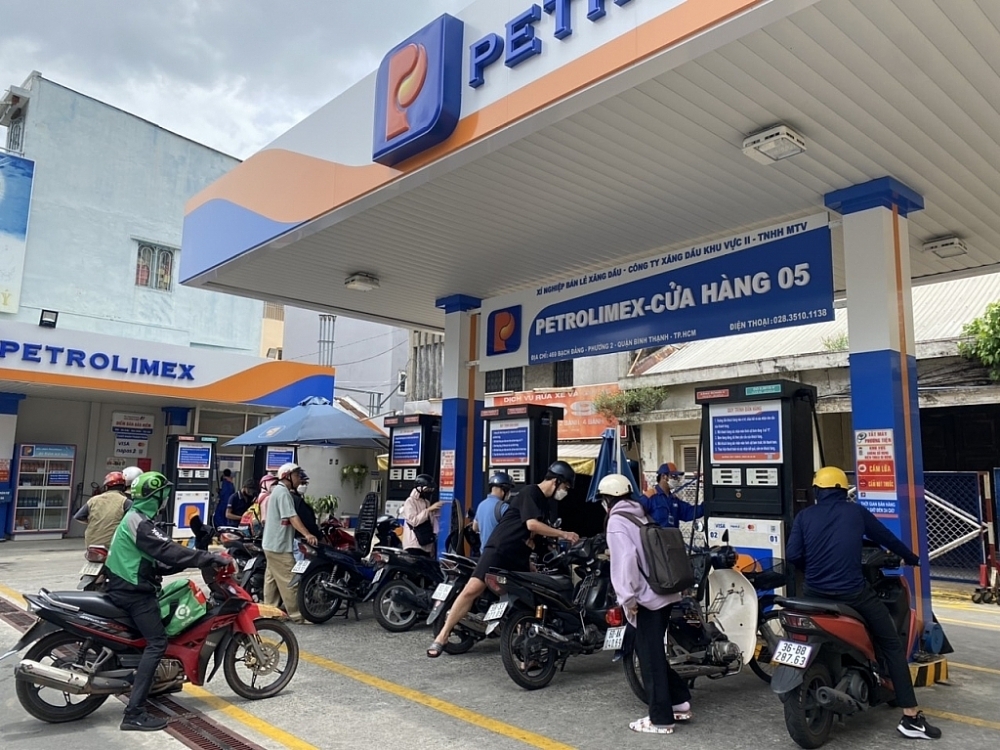
Ministry of Finance proposed to abolish regulations on reviewing and making statistics of petroleum operating costs
19:55 | 22/04/2023 Finance
Latest News

Continue to handle cross-ownership in banks
10:35 | 02/11/2024 Finance

Striving for average CPI not to exceed 4%
16:41 | 01/11/2024 Finance

Delegating the power to the government to waive, lower, or manage late tax penalties is suitable
16:39 | 01/11/2024 Finance

Removing difficulties in public investment disbursement
09:30 | 31/10/2024 Finance
More News

State-owned commercial banking sector performs optimistic growth, but more capital in need
09:28 | 31/10/2024 Finance

Stipulate implementation of centralized bilateral payments of the State Treasury at banks
09:29 | 29/10/2024 Finance

Rush to finalize draft decree on public asset restructuring
09:28 | 29/10/2024 Finance

Inspection report on gold trading activities being complied: SBV
14:37 | 28/10/2024 Finance
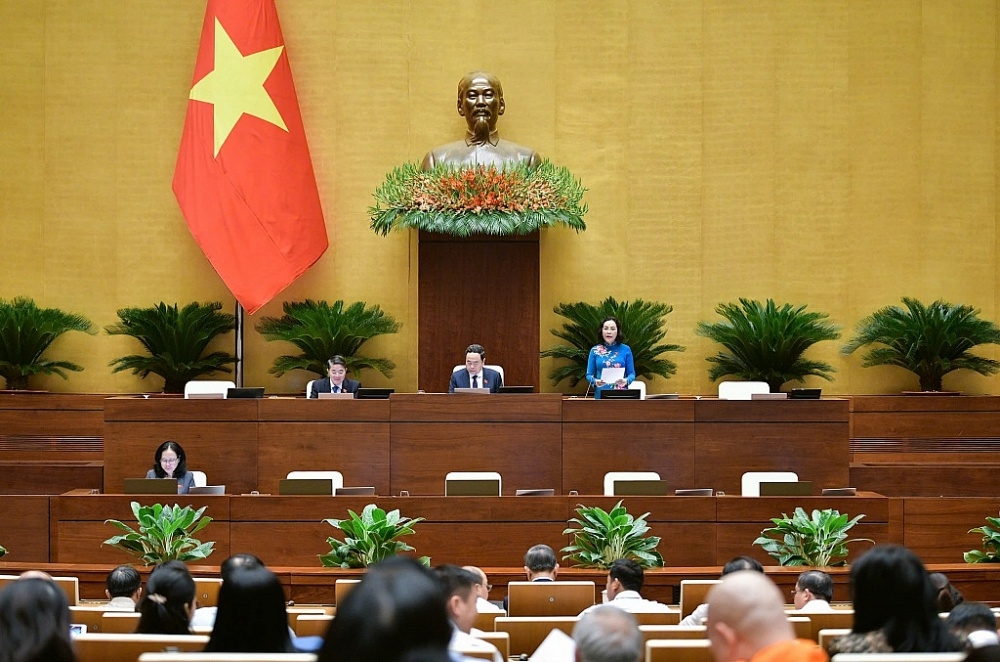
Budget revenue in 2024 is estimated to exceed the estimate by 10.1%
10:45 | 28/10/2024 Finance

Ensure timely and effective management and use of public asset
11:31 | 27/10/2024 Finance
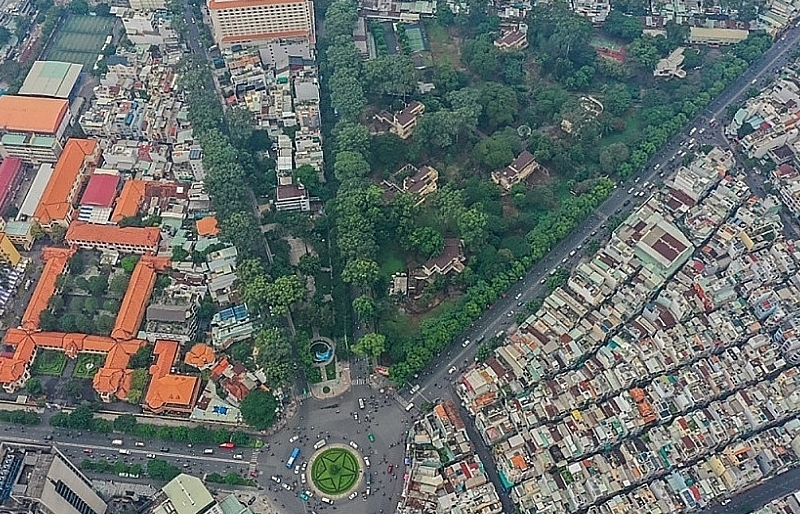
Accelerating decentralization in public asset management
11:26 | 26/10/2024 Finance

Difficulty in finding banks eligible to receive compulsory transfers
15:49 | 25/10/2024 Finance

Businesses can choose a suitable electronic invoice model generated from the cash register
14:18 | 25/10/2024 Finance
Your care

Continue to handle cross-ownership in banks
10:35 | 02/11/2024 Finance

Striving for average CPI not to exceed 4%
16:41 | 01/11/2024 Finance

Delegating the power to the government to waive, lower, or manage late tax penalties is suitable
16:39 | 01/11/2024 Finance

Removing difficulties in public investment disbursement
09:30 | 31/10/2024 Finance

State-owned commercial banking sector performs optimistic growth, but more capital in need
09:28 | 31/10/2024 Finance



